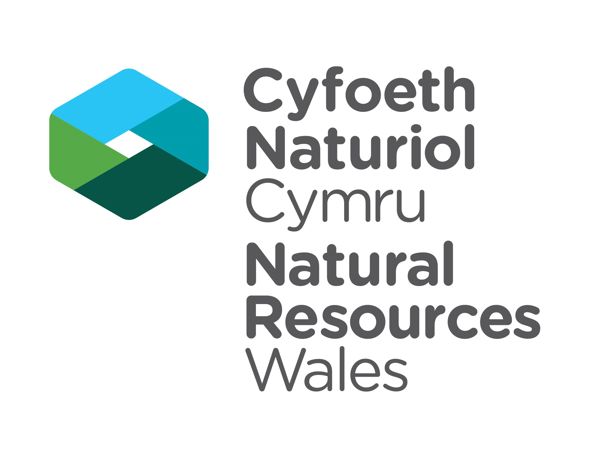Review of condition of Wales’ protected natural features fuels calls for partnership approach to a nature-rich future

A strong, all-Wales partnership approach to safeguarding Wales’ most valued species and habitats will be fundamental if the nation is to triumph over the interlinked challenges of climate change and the decline in biodiversity.
That is the clarion call from Natural Resources Wales (NRW) as it publishes the results of a project aimed at understanding the health and condition of species and habitats on Wales’ protected sites.
In the wake of its publication of the State of Natural Resources Report (SoNaRR) earlier this year, NRW has today published the results of its Protected Sites Baseline Evaluation review. The project was undertaken as a result of NRW’s strategy on Biodiversity, Vital Nature, which sets out the organisation’s ambition to improve the evidence base across the full range of protected sites.
By improving the understanding of the health of species and habitats on Wales’ Sites of Special Scientific Interest (SSSI), Special Areas of Conservation (SAC) and Special Protection Areas (SPA), NRW can better target improvement actions and support owners and managers of those sites.
The Baseline Evaluation results confirm that more information is needed on nearly 50% of the species and habitats of interest on our protected sites. The results also tell us that, where we do have the information on the features of interest, around 60% are in unfavourable condition.
The lack of information will need to be addressed through the development of innovative and more collaborative monitoring programmes, using the information gained to help steer the future management of protected sites.
The organisation now aims to rally the support of Wales’ environmental sector, planning and other public authorities, landowners and communities to help shape and deliver an ambitious action plan for nature, and help ensure the wider health of Wales’ ecosystems and the benefits they provide.
Ruth Jenkins, NRW’s Head of Natural Resource Management said:
“Wales’ Sites of Special Scientific Interest, Special Protection Areas and Special Areas of Conservation protect the very best examples of our precious natural environment and wildlife for future generations. Whilst it is an achievement to have drawn this information together from across the country, we fully accept that there are limitations to the extent of our evidence of the condition of some of the special species and features of these sites and we commit to invest in, and to support others, to make improvements.
“NRW has a broad range of scientific and practical expertise to support this work, and several successful interventions to conserve these sites are already in place. Many of these sites are owned and managed by individuals who will require a range of support from NRW and others. As such, developing a monitoring programme for our protected sites that is fit for the future will also require the knowledge and experience of our stakeholders.
“Given the scale of the challenge before us, and as part of our endeavour to tackle the climate and nature emergencies, we want to join forces with our partners to turn our ambition to improve our monitoring programmes and our evidence base into action and support the delivery of effective site interventions in the future.”
The proposed action plan is set to be implemented in the year that the eyes of the world fall on landmark global events for nature and climate action - Nature COP15 in China in October, and the climate COP 26 in Glasgow in November.
It also comes in the year that NRW published the State of Natural Resources Report (SoNaRR) - the evidence base that assesses the sustainable management of natural resources in Wales. The report highlights the societal pressures that the natural environment face around fragmentation of habitat, over-exploitation of natural resources and pollution, as well as the impacts of climate change. It then goes on to propose opportunities for action to address these systemic challenges across aspects of Welsh life.
And with Wales looking to make a green recovery from the Covid-19 pandemic, NRW will now use the baseline review findings as a springboard to reach out to its partners to develop the plan for future monitoring that will play a key role in the overarching rescue plan for nature and the planet.
Ruth Jenkins continued:
“There is a raft of existing conservation and restoration work already underway from the work of individual land owners to volunteers right through to the big land and riverscape projects such as the Sands of LIFE sand dune restoration scheme, and the work to transform the River Dee. They are each having a significant impact, but we need to do more in the quest to reverse the decline in biodiversity.(See case studies in notes to editors).
“The action plan needed will build on projects already underway but will crucially draw in the knowledge and invaluable expertise of our partners, landowners and those who live and work in these special places.
“While the work will require further resource to develop and implement fully, the onus must be on designing the change that is required now before we are too late to reverse the decline. These sites are the places from which nature can recover and require our special attention.
“We can only do that by working across sectors, across policy areas and across our communities allowing the evidence from our monitoring review to be the catalyst for the collective action.”
